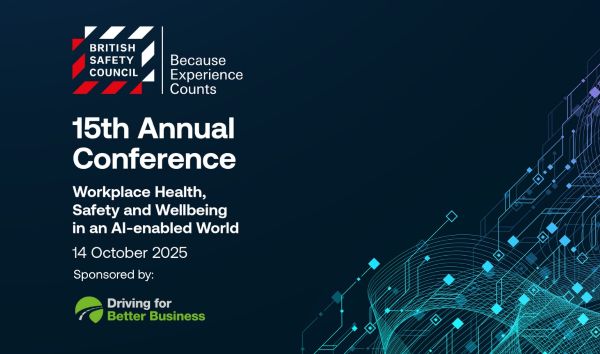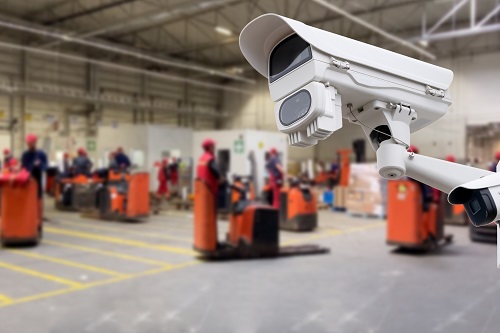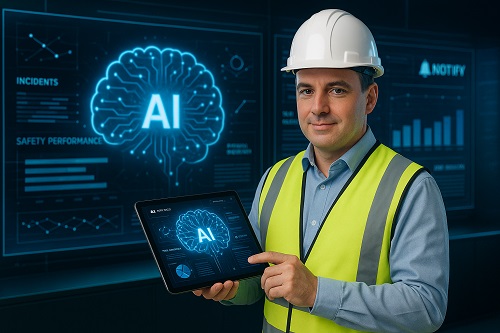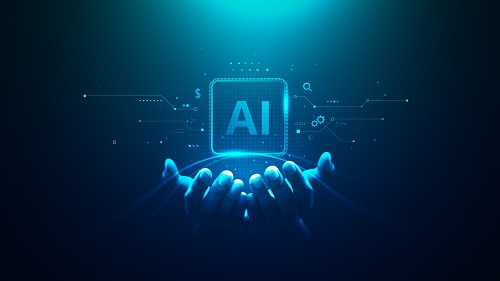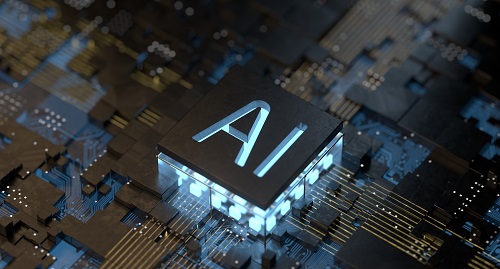Making the most of telematics with effective driver engagement and buy-in
Fleet and video telematics are increasingly relied on by employers to spot and improve driver behaviour, but it’s essential drivers understand the purpose is to ensure their safety, rather than a tool for punishing them.
By Applied Driving, Blackout Technologies, Ctrack UK, Queclink Wireless and Surecam on 11 November 2025




